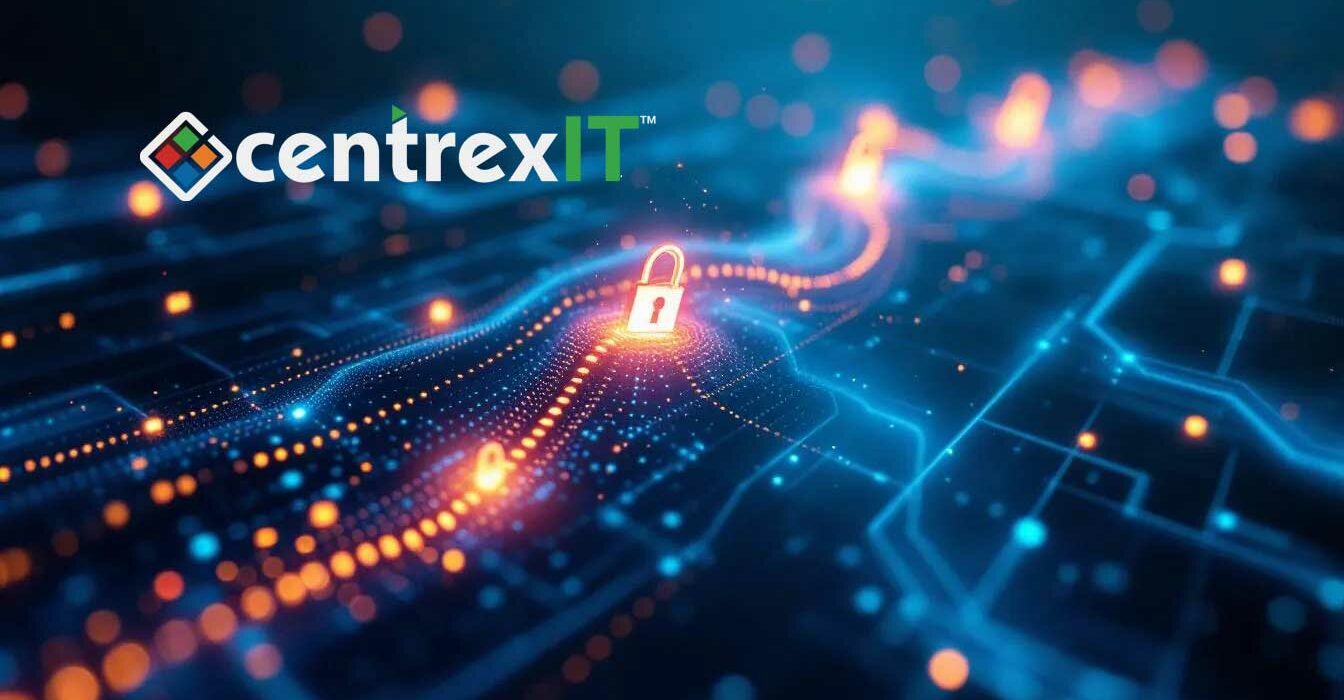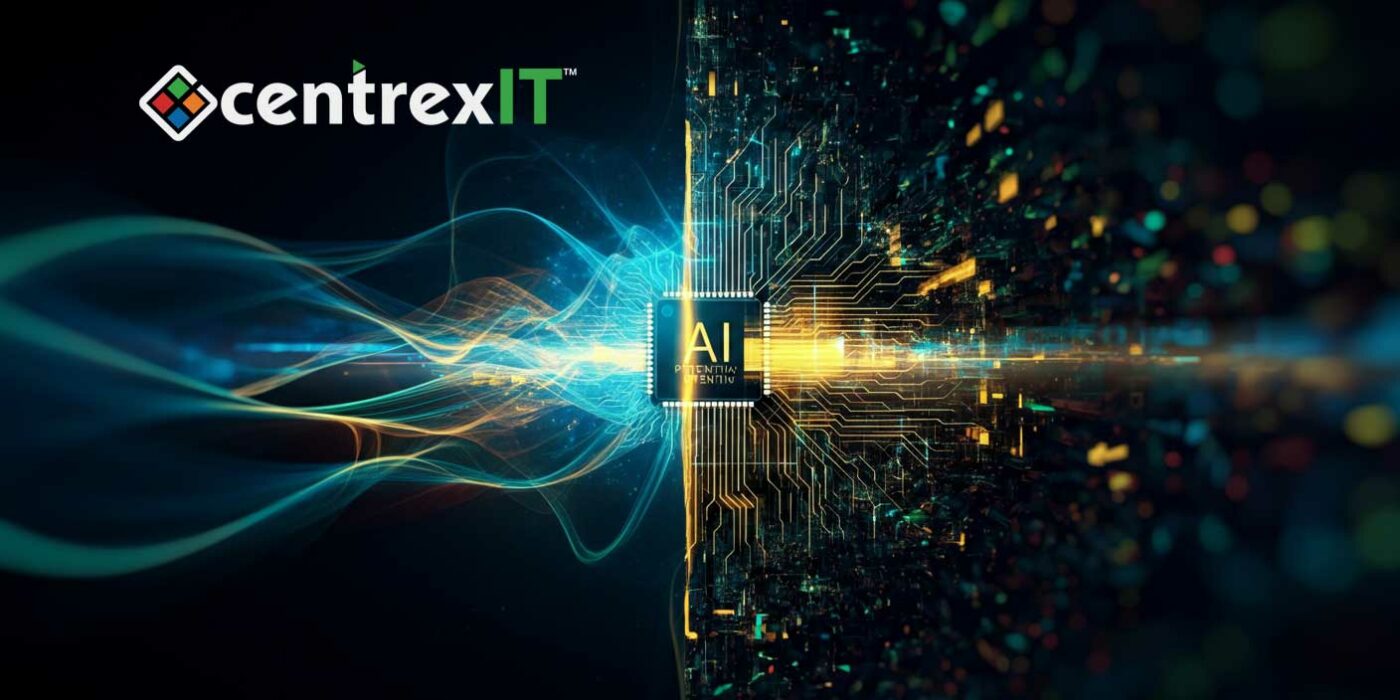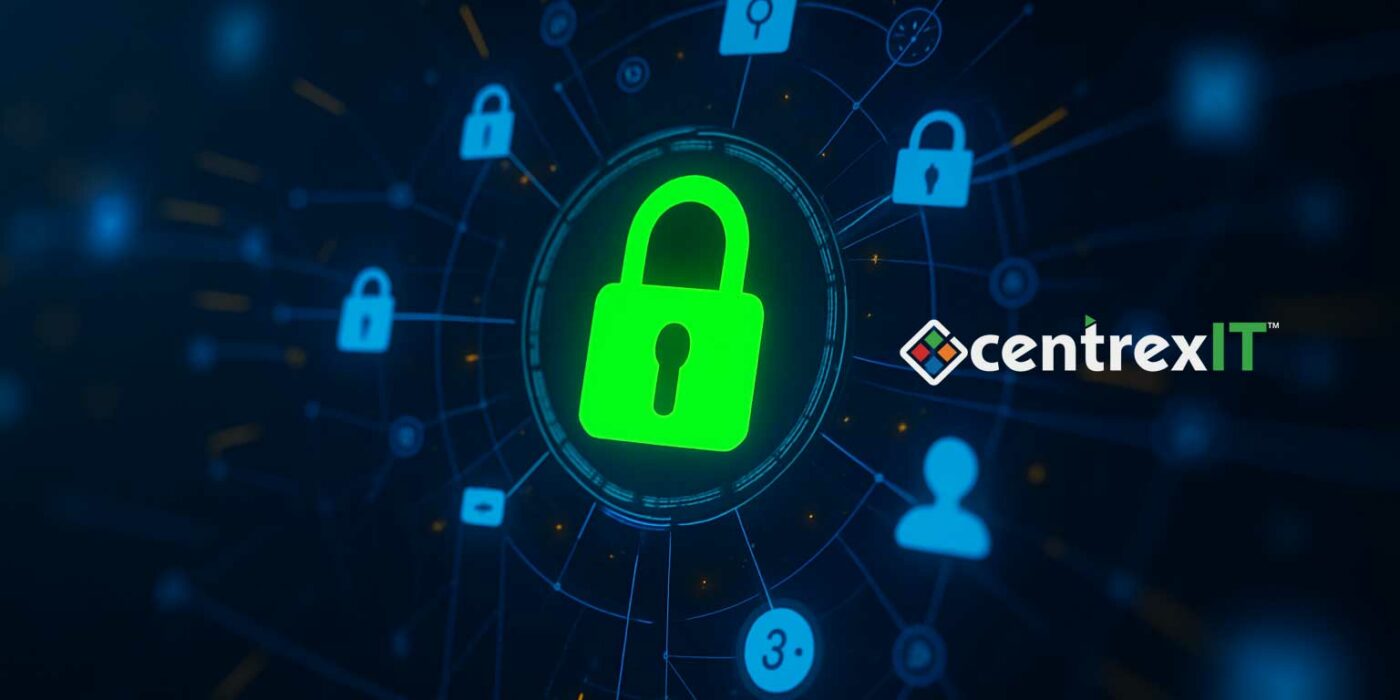The promise of AI in life sciences is immense, driven by the quality and quantity of data fed into sophisticated models. Yet, for life science executives, the focus often remains on the algorithms themselves, while the journey of the data – from raw input to refined training sets – is where critical vulnerabilities can emerge. Building secure AI data pipelines isn’t about theory; it’s about practical, actionable strategies that protect your intellectual property, ensure data integrity, and maintain regulatory compliance throughout the entire AI lifecycle.
Read more “Beyond the Hype: Practical Strategies for Secure AI Data Pipelines”









